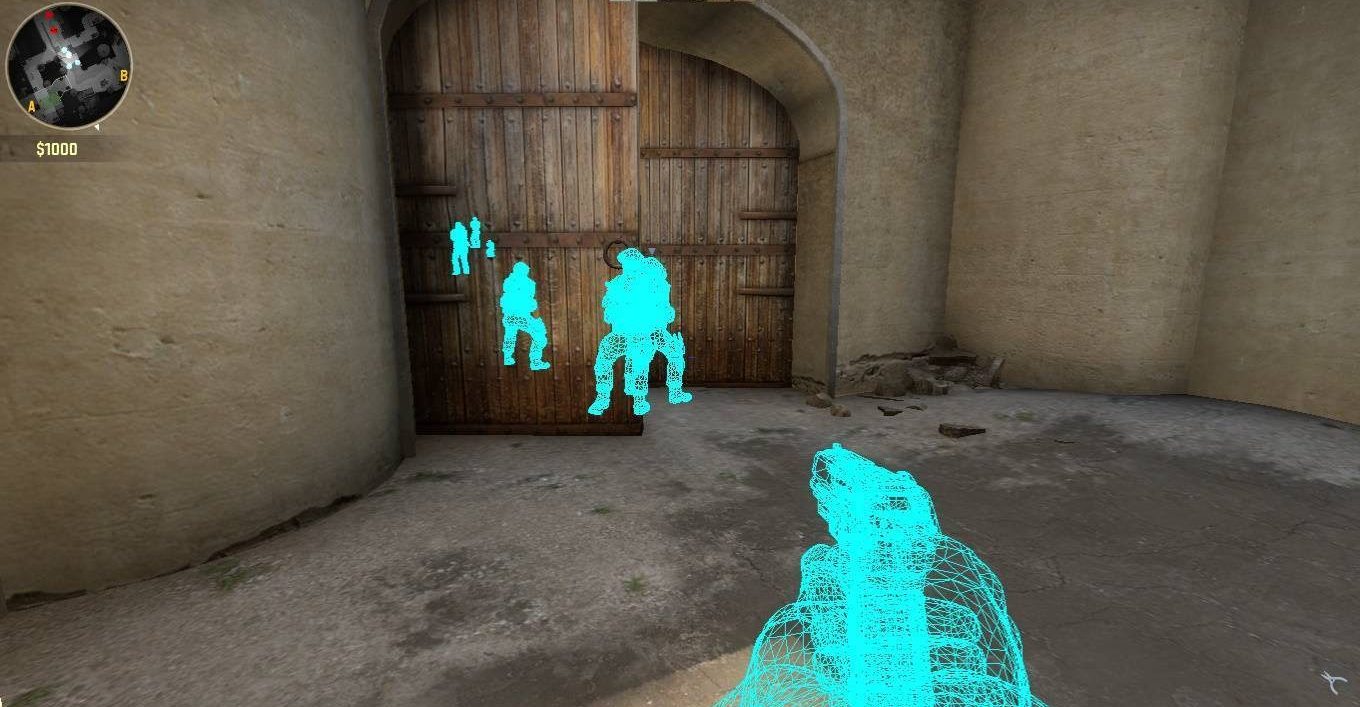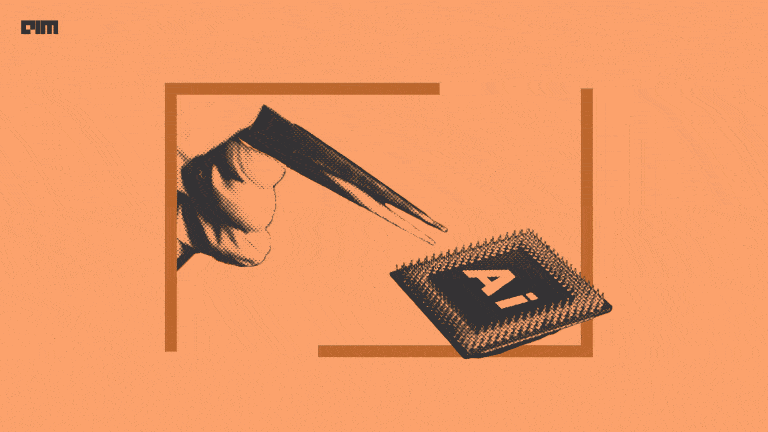 While artificial intelligence has entered the mainstream in a big way and found applications in almost every walk of life, there is one field where it has been widely used for many years. This is in the online multiplayer video game space, where algorithms known as aimbots have been widely used since the early 2000s. This is used by cheaters to give themselves an unfair advantage over human players, ruining the atmosphere of the game and the way its meant to be played.
While artificial intelligence has entered the mainstream in a big way and found applications in almost every walk of life, there is one field where it has been widely used for many years. This is in the online multiplayer video game space, where algorithms known as aimbots have been widely used since the early 2000s. This is used by cheaters to give themselves an unfair advantage over human players, ruining the atmosphere of the game and the way its meant to be played.
To tackle this, video game publishers have been trying to fight the rising tide of online cheats. However, the rise of the Internet has resulted in the ability for cheats to be spread widely, incentivising developers to take a heavier hand towards moderating cheater in online communities.
The shift to this attitude has left the market the state it is in today, where companies are wrestling against the vast and faceless form of the online cheating community. In this article, Analytics India Magazine takes a deeper look into cheating in video games and the eternal struggle of developers against cheaters.
How Current Solutions Work
While there are numerous exploits that can be used in video games, there is one that is used prominently and employs machine learning in its advanced stages. These algorithms are known as aimbots, and they rely on the data player’s client computer receives regarding the other players on the server. Following this, the program then finds whether they are visible from the player’s position, and if they are, uses a program known as the Triggerbot to fire a bullet.
The more advanced versions of these algorithms use image recognition to detect whether a player is in the view of the player or not. This model is trained on multiple images of the textures used in the game to enable it to differentiate between say a wall and a player model.
Some aimbots also utilise ML for the dynamic learning of movements exhibited by the opponent and for learning previously unknown maps. These kinds of systems fall under the category of an AI expert system that tries to mimic how am expert human would play a game.
Companies Fight Against Misaligned Players
Owing to the fast growth of this field, game companies were forced to innovate solutions to the cheating crisis. This has led to companies creating software that function mainly in three ways. The primary of these is signature detection, which is similar to how popular computer antivirus works. The signature of a detected application is checked against a database of known hacks. If there is a match, the player using the cheating application is banned.
A secondary method to detect whether a player is cheating is by using heuristic analysis to detect win and loss patterns. This analysis will discover whether the players’ current performance is proportional to the mean and players’ past performance. The third and final factor taken into consideration by anti-cheating systems and reports by players that have reported the cheater.
How Market Leaders Battle Against Cheaters
An example of this is Valve’s VAC Bans. VAC stands for Valve Anti Cheat, and made its debut in CS 1.6. Now, it is widely used across Steam due to the ability to easily integrate VAC into a publisher’s games. If found cheating, VAC bans the player from ever joining secure servers for that game. This ban is also publicly displayed on their Steam profile, and the account itself is almost disabled. This is owing to Steam’s policy that supports “strongly discouraging users from using cheat software by having strong penalties”.
One of the Internet standard anti-cheat solutions emerged in 2004, where a program known as BattlEye was released for the then-popular Battlefield Vietnam. This trend continued for the newer games, with server operators continuing to adopt the software for its protection. The engine began integration into many new games, such as Stalker, Arma 3, and DayZ.
It made a transition to a proactive cheat management system in late 2014, which is said to have “prevented most cheating from happening”. It offers easy integration into games by developers and requires a very low amount of resources. It is integrated on both the client-side and server-side
BattlEye’s services include blocking most hacking before it begins and constantly evolving to cover new forms of attacking games. It also features what the company calls an “intelligent dynamic on-the-fly detection system” which detects abnormalities in certain players.
The system functions by performing dynamic and permanent scanning of the players’ system in both user and kernel mode. This is done using heuristic and generic detection to find cheat analysis routines. It also has unfakeable global banning governed by SteamID, thus providing better effectiveness than VAC.
It communicates using encrypted packets in the games own network connection, removing the need for ports to be forwarded. The service can also be customised to the developer’s liking, allowing for the tackling of specific issues.
The Fight Continues…
Other measures taken by developers include changing game data in updates to lock aimbots out or implementing heavy protection on game file modification. However, a cheat with a complete homebrew signature will be able to circumvent anti-cheating.
Similarly, hackers or ‘script kiddies’ as they’re called, can employ a variety of methods to hide evidence of their cheating. This leaves companies playing a cat and mouse with the hacking community, creating an environment where the fight for a fair game continues, with most players being none the wiser. Here’s an example of one of the many applications that can be used for this.
https://youtu.be/LwH95XdTM4k?t=132


















































































